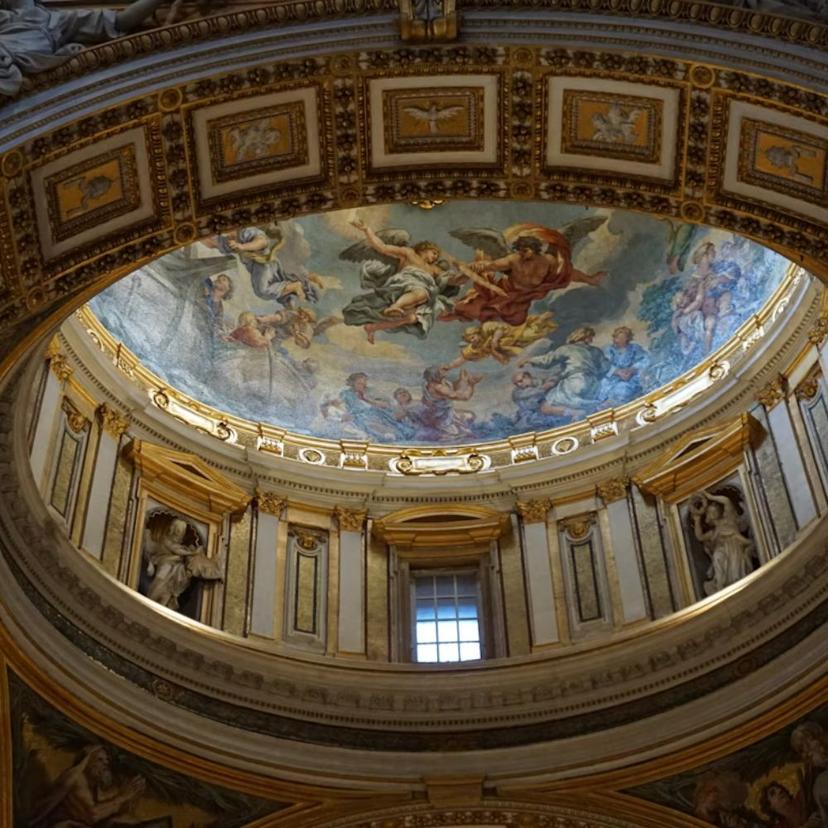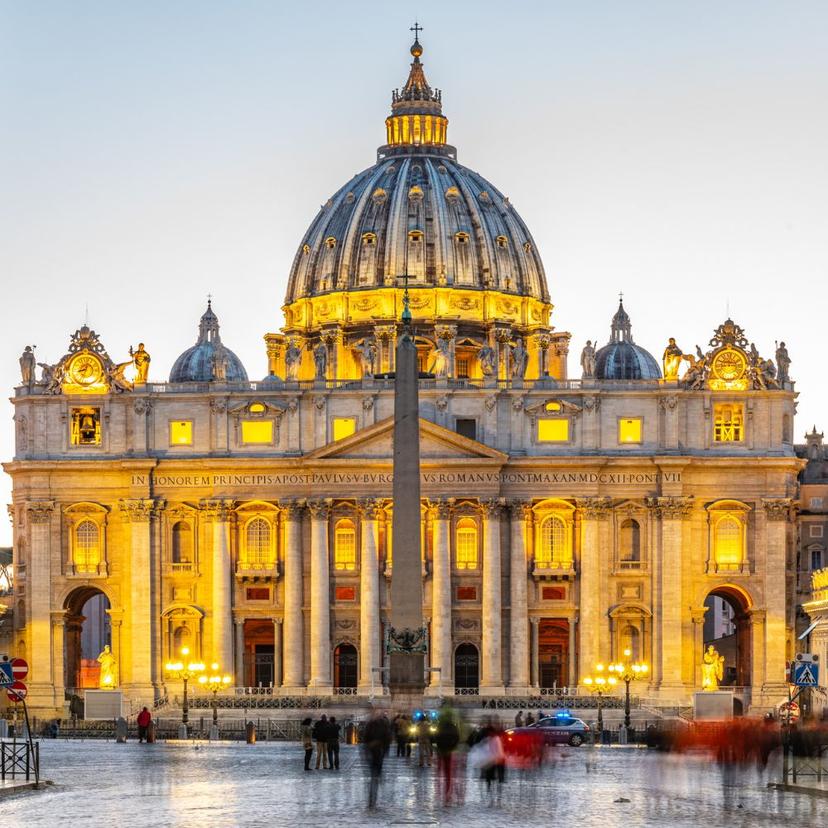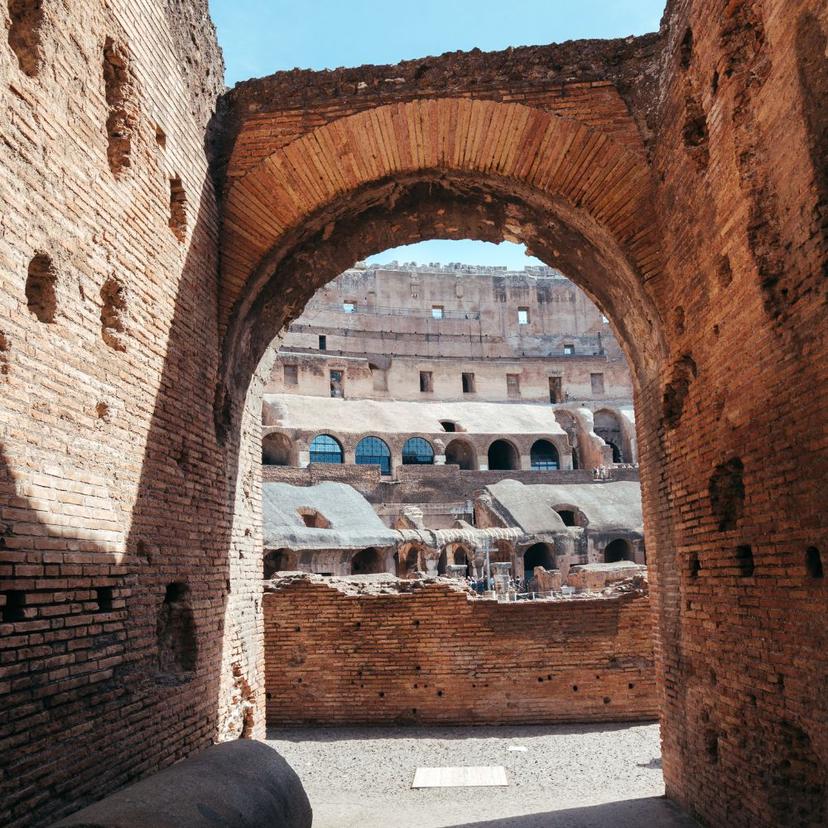Discover Rome and Italy with the best tours
Discover all tours
Vatican
Marvel at the Vatican’s treasure
Colosseum
Walks in the footsteps of Emperors and gladiators
Exciting, engaging and educational experiences
Private and small-group tours in Rome and Italy
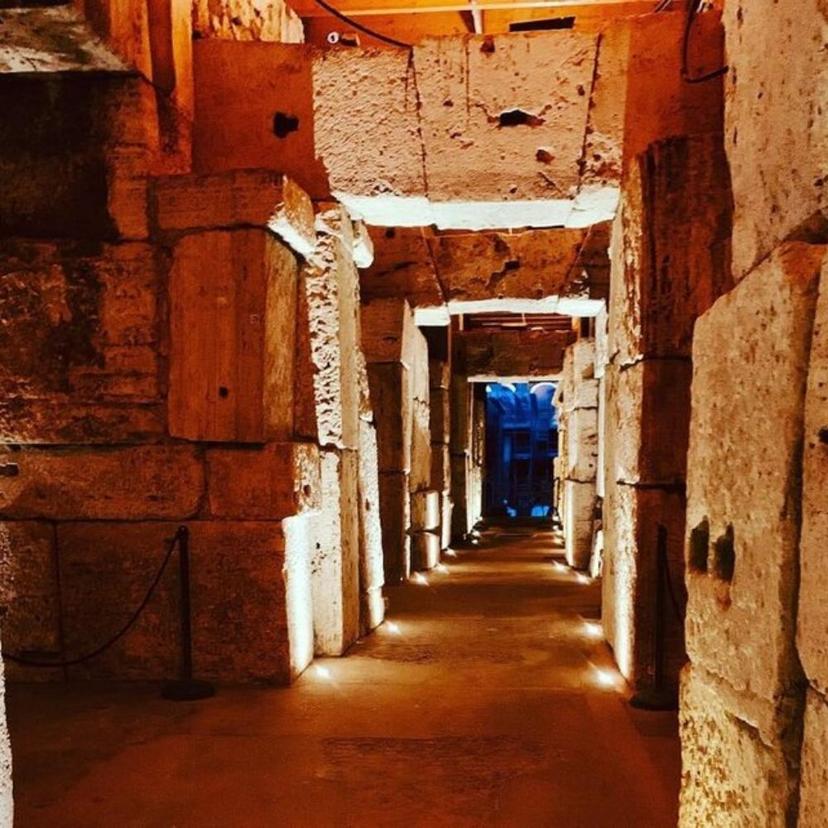
VIP Colosseum Underground & Ancient Rome Tour | Private
From € 705,00 for two people

Colosseum & Ancient Rome Tour with Gladiator’s Gate | Small Group
From € 139,00

Early Morning Vatican Tour | Small Group
From € 175,00

Farmers’ Market Shopping with Roman Full Course Class | Shared
From € 165,00

Trastevere Food Stroll | Small Group
From € 119,00

Rome by Night with Golf Cart Tour and Pizza & Gelato Dinner | Semi-Private
Price on request

Early Morning Vatican, Sistine Chapel & St. Peter's Basilica Tour | Private
From € 654,00 for two people

Treasure Hunt at the Vatican for Kids Tour | Private
From € 544,00 for two people

Vatican Tour for Kids and Castel Sant’Angelo | Private
Price on request

Vatican Tour by Night | Private
From € 516,00 for two people

Early Morning Vatican Tour | Small Group
From € 175,00

Divine Day at the Pope's Summer Residence | Private
From € 1880,00 for two people

VIP Colosseum Underground & Ancient Rome Tour | Private
From € 705,00 for two people

Colosseum & Ancient Rome | Private
From € 467,00 for two people

Gladiators & Roman Emperors Tour for Kids | Private
From € 508,00 for two people

Colosseum & Ancient Rome Tour with Gladiator’s Gate | Small Group
From € 139,00

Express Arena Floor Colosseum Tour | Private
From € 458,00 for two people

Gelato & Italian Biscotti Masterclass | Private
From € 400,00 for two people

Hands-on Pasta Making & Tiramisù Class | Private
From € 590,00 for two people

Pizza Making and Gelato Class | Private
From € 590,00 for two people

Farmers’ Market Shopping with Roman Full Course Class | Shared
From € 165,00

Divine Day at the Pope's Summer Residence | Private
From € 1880,00 for two people

Treasure Hunt at the Vatican for Kids Tour | Private
From € 544,00 for two people

Vatican Tour for Kids and Castel Sant’Angelo | Private
Price on request

Gladiator School | Private
From € 855,00 for two people

Mosaic and Art Class for Kids | Private
From € 410,00 for two people

Raiders of Rome: A Treasure Hunt in the Eternal City | Private
From € 530,00 for two people

Orientation Tour of Florence with Uffizi Gallery | Private
Price on request

Orientation Tour of Florence with Accademia Gallery | Private
Price on request

Hidden Venice | Private
Price on request

The Jewels of Venice | Private
Price on request

Venice Grand Canal Boat Tour | Private
Price on request

Authentic Gondola Ride | Private
Price on request

Amalfi Coast Day Experience | Private
Price on request

Pompeii & Herculaneum | Private
Price on request

Path of the Gods | Private
Price on request

Pompeii and Mount Vesuvius w/lunch and wine tasting | Private
Price on request

Naples orientation tour with street food | Private
Price on request

The Golden & Dying Cities: Orvieto and Civita di Bagnoregio | Private
Price on request

Assisi and the Gentle Hills of Umbria | Private
From € 1565,00 for two people

Tarquinia tour | Private
Price on request

Full day in Pienza and Montepulciano | Private
From € 1950,00 for two people

Amalfi Coast with private driver | Private
Price on request
Explore sacred sites and timeless traditions with our special tours
Our Tours in Rome
Reviews
Recommended By
Why Choose Us?

Personalized Tours
Discover Italy your own way through customized tours led by our exceptional Italian guides.

Family-Friendly
Spark your kids' imagination and take them on incredible journeys of discovery with our family-friendly tours.

Licensed Guides
Skip the line with our officially licensed Vatican tour guides and gain priority entry to the Holy See.

Culinary Immersion
Experience authentic Italian flavors on our food-and-wine tours and indulge yourself in real Italian style.
From our blog
Show all posts
Traditional Roman Dishes: Top 10 Roman Foods
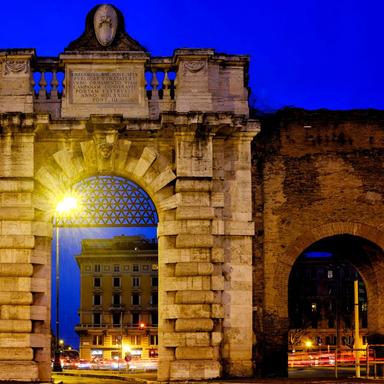
Aurelian Walls in Rome: History, Map & What to See
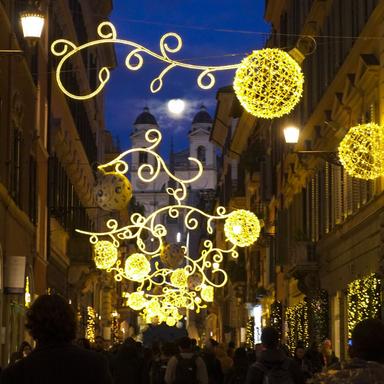
Rome at Christmas: A Complete Guide for 2025 Travelers
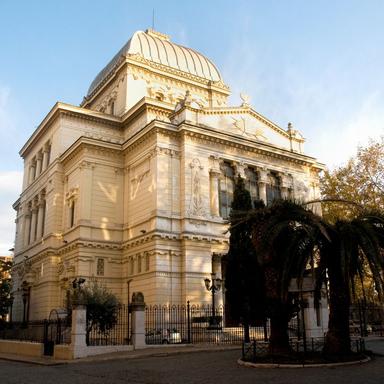
Discover the Jewish Ghetto in Rome: From Ancient Origins to Modern Revival
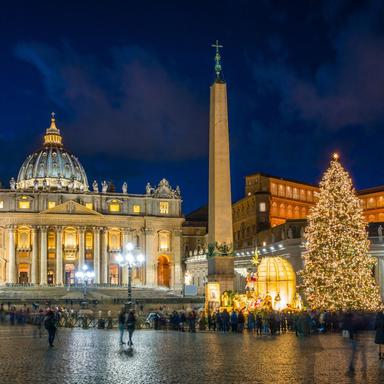
Rome events calendar: December 2025
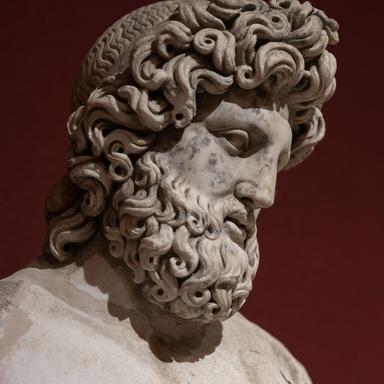
Meet the Gods of Ancient Rome

Rome Metro – Everything You Need to Know for Your Trip

Rome Fountains: Famous Fountains in Rome, Trevi & Piazza Navona
Family Owned, Personalized Tours

For more than 20 years, we have been offering both first-time visitors and seasoned explorers unforgettable experiences. Providing everything from full-day city tours to small-group and family-friendly itineraries and helping you unlock Italy’s rich history and culture with our expert, licensed, and native guides. We specialize in private and small group tours of no more than 8 participants, giving you a much more personalized experience at just the right pace. And with priority entrance to Rome’s most famous destinations—including the majestic Colosseum and resplendent Vatican City-you’ll have more time to nourish yourself with knowledge and lose yourself in wonder.
